Southern Space is a weekly newsletter produced by SIAA to inform the Australian space industry.
CEO Update
It has been excellent to see a number of industry announcements in the past weeks which will tangibly move us forward to higher levels of TRL and more substantial revenues. The allocation of government MMI-C grants to projects led by Fleet, EOS, Gilmour Space, and Hypersonix will substantially advance our sovereign capabilities and open new revenue streams for our industry. Workforce continues to be the critical dependency and biggest risk for Australia’s space ambitions. I was struck at the 37th Space Symposium in Colorado Springs by how many people, regardless of country, were concerned for workforce development and skilling.
Tomorrow’s election is unlikely to bring significant changes to the trajectory of our industry, both major parties remain committed to advancing Australian space. At this stage, it seems likely that there will be a change of government to the ALP, you can read a detailed analysis of recent voting trends compiled here. The ALP has announced policies to create an Australian equivalent of DARPA, the Australian Strategic Research Agency, to leverage and fund strategic technology as well as a $1bn Critical Technologies Investment Fund to invest in robotics, software development, artificial intelligence and quantum computing. You can also read ALP Deputy Leader Richard Marles speech to our Southern Space Symposium to see how an Albanese government would approach space industry issues. The ALP and Liberal parties have thus far resisted our entreaties to commit to making the Australian Space Agency an independent statutory agency. Regardless of the outcome of tomorrow’s election we will continue to advocate for government to establish a dedicated Minister for Space Industry and to accelerate efforts to grow sovereign space capabilities. We will also work to build knowledge on space issues across the federal parliament to ensure national decision makers are connected to our industry priorities.
A new economic analysis published by Citigroup this month predicts launch costs will fall to between $33 and $100 (USD) per kilogram by 2040, driven by evolutions in material and fuels, production, and reusable rockets and launch vehicles. It predicts the space economy will generate $1 trillion (USD) in annual sales by 2040 with the fastest revenue growth (23% CAGR) to come from new applications and industries such as space-based solar power, logistics, exploration, tourism, mining, and microgravity experimentation in commercial space facilities.
I’m particularly intrigued by the possibilities of space-based solar power and am currently making my way through this book, recommended to me by SIAA Life Member Paul Scully-Power. The UK government published this feasability study into space-based solar power last year and allocated funding for further work in its national space strategy. The Chinese government is also understood to be conducting experimentation on space-based solar power this year. The Australian government is yet to seriously explore whether space-based solar power could provide a solution that enables Australia to reach its climate sustainability goals.
We are delighted to be hiring for a new position for our growing team here at SIAA HQ. We are looking for an industry analyst to kick off the rebuild of SIAA’s industry capability database and publish insights and analysis of industry trends for our members. You can view the ad here. A reminder that our Southern Space jobs board is available for SIAA members to advertise jobs for free, just contact operations@spaceindustry.com.au.
Industry News
EOS MMI-C Grant to build EO satellites: SIAA Foundation member EOS Space Systems announced their involvement in the establishment of Australia’s first satellite manufacturing hub for larger Earth Observation satellites at Jerrabomberra Regional Jobs Precinct in NSW and UTS Tech Lab. The $71 million investment and collaboration between EOS, Nova Systems, UTS Tech Lab, Gilmour Space, and the federal and NSW governments will enhance manufacturing capabilities, drive commercialisation of space R&D and act as a catalyst for investment in priority space and defence sectors
Deloitte to Assist in National Space Mission Delivery: SIAA Foundation member Deloitte has entered into a $1.3 million contract with the Department of Industry, Science, Energy and Resources to provide program management staff that will support the delivery of the National Space Mission in partnership with the Australian Space Agency and other government agencies.
Upcoming Australian Launches with SpaceX: SIAA member Skykraft will launch five of its satellites onboard a SpaceX Falcon 9 rocket as early as October this year. Prototypes for a planned constellation of 210 satellites, the five satellites will provide Air Traffic Management from space by monitoring aircraft ADS-B location signals. Communicating across satellites and with ground stations by radio frequency links, the satellites are designed to all locate a single aircraft simultaneously, directly addressing current limited ground station coverage.
SIAA member Space Machines Company has secured the support of SpaceX as a launch partner to launch its Optimus Orbital Transfer Vehicle (OTV). The Optimus spacecraft’s assembly and integration will occur at the Space Machines Company headquarters, located within the University of Technology Sydney’s Tech Lab, with launch planned for April 2023.
Nominal Systems Awarded UK Defence Contract: Canberra-based spacecraft simulator firm Nominal Systems, in partnership with UK-based space situational awareness company Northern Space and Security has been awarded a $1.5 million UK Ministry of Defence contract. Nominal Systems has been contracted to support the UK’s ARTSIM satellite and mission simulator until July 2023.
Successful test of 3D-printed Rocket Engine: SIAA member Gilmour Space Technologies has completed a successful 190-second mission duration test of its 3D-printed Phoenix rocket engine. The engine will power Gilmour’s Eris rocket, set to launch later this year and carry SIAA member Space Machines Company’s 35kg spacecraft. Gilmour was further awarded a $52 million Modern Manufacturing Initiative grant earlier this year, which will the company will use to establish its rocket and satellite manufacturing facility and Bowen Orbital Spaceport in Queensland.
Trailblazer Universities Initiative Announced: The University of Southern Queensland, along with university partners ANU and the University of South Australia have been named as recipients of the $362 million Trailblazer Universities initiative. Along with industry partners, the universities will use Trailblazer funding to research and develop space technology under USQ’s Innovative Launch, Automation, Novel Materials, Communications and Hypersonics hub (iLAuNCH). The national space commercialisation hub is expected to generate $3.65 billion in economic benefits and further support the growth of the Australian space industry across multiple states.
Defence Extends Optus Satellite Deal: The Department of Defence has extended its C1 satellite contract with Optus until 2034, costing Defence $405.5 million, to supplement and eventually replace its satellite communication system. Defence uses the C1 satellite for associated tracking, telemetry and command elements.
Commercial Spaceflight Partnership: Britain and the US have signed a commercial spaceflight partnership agreement to streamline spaceflight launch operations. The agreement removes duplicated licensing, reduces costs and lessens procedure burdens to allow US and British companies to launch more easily from either country’s spaceports.
Indian Space Research Organisation: The ISRO has successfully completed the static test firing of the solid fuel powered rocket booster engine that will be used for its Garganyaan human spaceflight mission. Planned to launch in 2024 the ISRO has also confirmed an implementation arrangement with the Australian Space Agency to establish a transportable TTC terminal on Australia’s Cocos Island for ascent support and has completed a proof-of-concept to utilise SIAA member Amazon Web Services ground services to track the spaceflight’s orbit.
Direct Access to Commercial Imaging Satellites: MAXAR is expanding their Earth imaging and space infrastructure services to offer military units a mobile access terminal. The terminals can be used in the field to downlink electro-optical and radar imagery from MAXAR and other commercial satellites.
UK Launch: California-based Astra Space has signed an agreement to launch from the SaxaVod spaceport in the Shetland Islands as early as 2023. Although the spaceport is still under construction, Saxavod has future launch commitments from major space companies, including SIAA member Lockheed Martin.
Bilateral Strategic Dialogue on Space Issues: India and France have released a joint statement announcing their cooperation to address challenges in space; including secure access to space, economic challenges and the creation of norms and principles. The first round of the dialogue will occur later this year at the earliest and will include experts from defence and space agencies.
Colombia signs the Artemis Accords: Colombia is the 19th country to sign onto the Artemis Accords, with India reportedly considering becoming a signatory.
Industry Opportunities
Earth Observation Australia Awards 2022: Earth Observation Australia has opened nominations for; ‘Significant Contribution to the Development of the Australian Earth Observation Community and its Capabilities’, ‘Early-Career Contribution to the Development of the Australian Earth Observation Community and its Capabilities’ and ‘Innovation in Earth Observation made by a Group, Company, or Organisation’. Nominations close on Monday 20th June.
Upcoming Events
Women in Space – Impacting the World and Beyond
When: 26 October 1pm – 4pm ACST
Where: National Wine Centre, Adelaide
Join female leaders from within the space industry and hear from Professor Tanya Monro, Chief Defence Scientist – head of Defence Science and Technology Group and Capability Manager for Innovation, Science and Technology in the Department of Defence as she shares her experiences in the growing space sector.
Register to attend here
SIAA Member Profile: Electro Optic Systems
EOS Space Systems is a full-spectrum space and communications company that delivers Space Domain Awareness (SDA), precision optical equipment, and high-specification satellite and optical communications products and services. With Australian and international customers including a number of Australian government organisations and a range of allied civil, commercial and military organisations, EOS’s capability can be understood through their operation of Space Technologies, SpaceLink and EM Solutions. Space Technologies applies EOS-developed optical sensors to detect, track, classify and characterise objects in space. SpaceLink is launching a MEO satellite constellation to build communications services for the space economy and EM Solutions creates innovative global satellite communications systems and services. EOS Space Systems is passionate about building Australia’s sovereign industrial capabilities and the whole-of-nation benefits that onshore technological innovation can bring.

The Space Industry of Australia (SIAA)
The Space Industry of Australia is the national peak body for the space industry in Australia,
representing more than 600 members. Formed in 1992, SIAA hosted the 2017 International Astronautical
Congress in Adelaide which led to the establishment of the Australian Space Agency in 2018. SIAA and
its member companies work closely with Australian governments, international partners, academia, and
industry to advance Australia’s space industry and economy.





